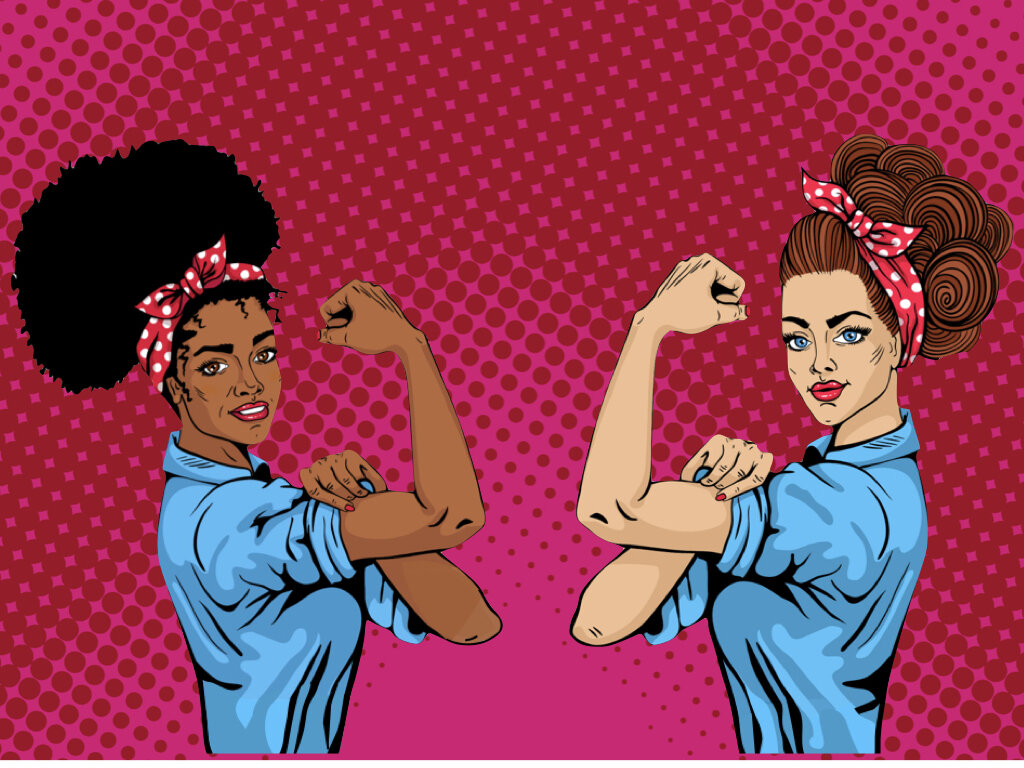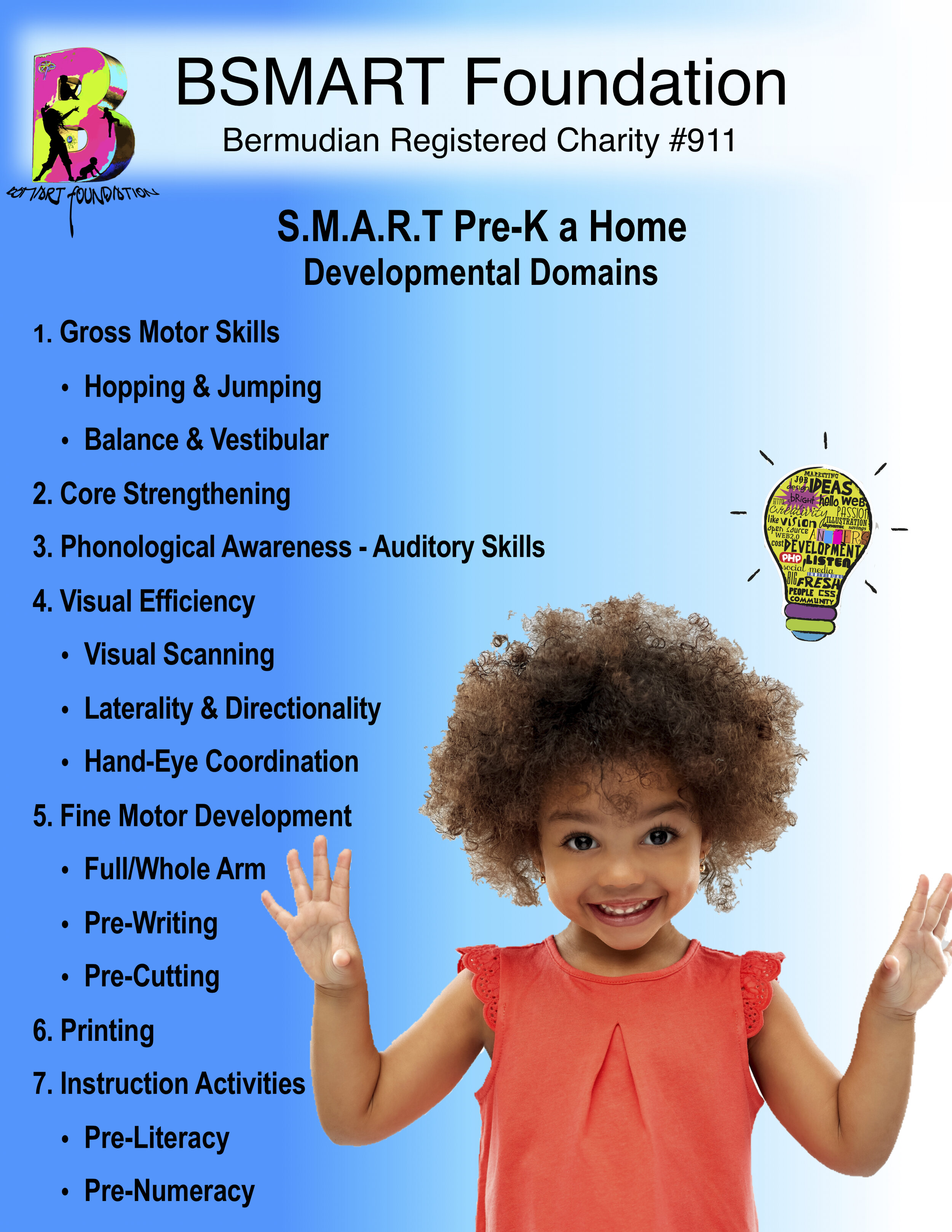Although there are five main areas of development, we have further broken the developmental domains into seven component areas.
Child Development
Child development is a process every child goes through. This process involves learning and mastering skills like sitting, walking, talking, skipping, and tying shoes.
Children develop skills in five main areas of development:
Cognitive Development
This is the child's ability to learn and solve problems. For example, this includes a two-month-old baby learning to explore the environment with hands or eyes or a five-year-old learning how to do simple math problems.Gross Motor Skill Development
This is the child's ability to use large muscles. For example, a six-month-old baby learns how to sit up with some support, a 12-month-old baby learns to pull up to a stand holding onto furniture, and a five-year-old learns to skip.Fine Motor Skill Development
This is the child's ability to use small muscles, specifically their hands and fingers, to pick up small objects, hold a spoon, turn pages in a book, or use a crayon to draw.Social and Emotional Development
This is the child's ability to interact with others, including helping themselves and self-control. Examples of this type of development would include: a six-week-old baby smiling, a ten-month-old baby waving bye-bye, or a five-year-old boy knowing how to take turns in games at school.Speech and Language Development
This is the child's ability to both understand and use language. For example, this includes a 12-month-old baby saying his first words, a two-year-old naming parts of her body, or a five-year-old learning to say "feet" instead of "foots".
Important Developmental Takeaways!
Development happens sequentially.
Overall development occurs from head to tail and from core (middle) to extremities (arms/hands & legs/feet).
Children learn skills, called developmental milestones, during predictable time periods.
Developmental Milestones
A developmental milestone is a skill that a child acquires within a specific time frame. An example of a developmental milestone is learning to walk. Most children learn this skill or developmental milestone between the ages of 9 and 15 months.
Milestones develop in a sequential fashion. This means that a child will need to develop some skills before he or she can develop new skills. For example, children must first learn to crawl and to pull up to a standing position before they are able to walk. Each milestone that a child acquires builds on the last milestone developed.
It is important that you encourage your child to work on each developmental milestone until he achieves it, rather than skipping some to get ahead or so that your child is at the level you believe he should be.
With so much emphasis placed on what children know (cognitive), there are many missed opportunities for foundational development. This is how learning readiness gaps are created.
These gaps can cause later academic concerns.



